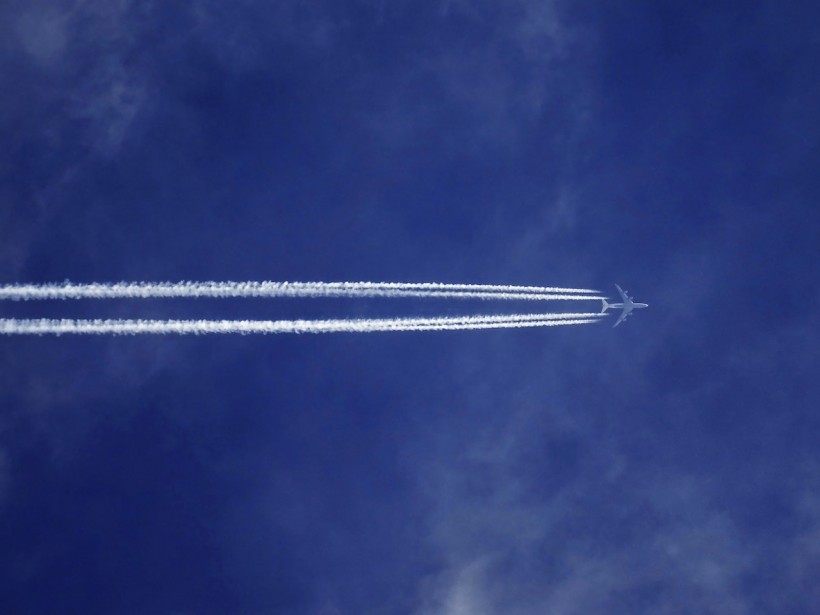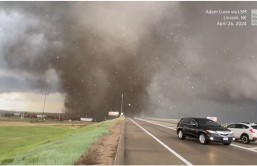
(Photo : SevenStorm JUHASZIMRUS from Pexels)
In an emergency, when aircraft need to reduce their weight quickly or have exceeded their maximum landed weight, they do a procedure and prepare the aircraft for a safe landing. This procedure is known as fuel dumping or fuel jettisoning.
However, a pilot may need to arrange an emergency landing in an emergency, so fuel jettisoning becomes a priority. Thousands of gallons will be discarded, but we never hear of towns flooded by an airplane fuel storm.
When aircraft dump gasoline, hundreds of gallons of aircraft fuel, or kerosene, are released into the atmosphere. Typically, fuel evaporates before reaching the ground. However, this is only true if the airplane is flying at a high enough altitude. As a result, pilots will attempt to dump the gasoline at higher levels while avoiding dumping overpopulated areas in case some kerosene reaches the ground.
The airlines follow specific rules and have a proper system to run their aircraft smoothly. United Airlines has a unique procedure to check the flight status and keep yourself updated so you can prepare yourself on time.
Which Plane Can Dump Fuel?
It may come as a surprise, but not all airplanes are equipped to dump fuel. For instance, smaller planes like the Boeing 737 don't need this capability, as they can simply burn off any excess fuel by circling the airport. Unless there's an urgent need to land, the fuel won't significantly affect the plane's landing operations.
On the other hand, larger planes like the Boeing 747 have fuel jettison systems in place. Attempting to land without first emptying the fuel can put enormous strain on the airframe, leading to a potentially overweight landing situation. This, in turn, can increase the risk of fuel spills and fires on the tarmac.
In other words, knowing which planes can dump fuel is crucial for safe flying operations. All airlines should take major precautions to avoid such situations and be ready to face any emergency. JetBlue provides the information that every passenger needs to know before boarding, and you can check flight details by visiting their website.
Conclusion
It is essential to remember that fuel dumping is a rare occurrence employed in specified conditions to maintain the protection and safety of the aircraft and its occupants. Pilots follow established standards to avoid the risks involved with fuel dumping, and efforts are taken to minimize the environmental impact.
* This is a contributed article and this content does not necessarily represent the views of hngn.com








